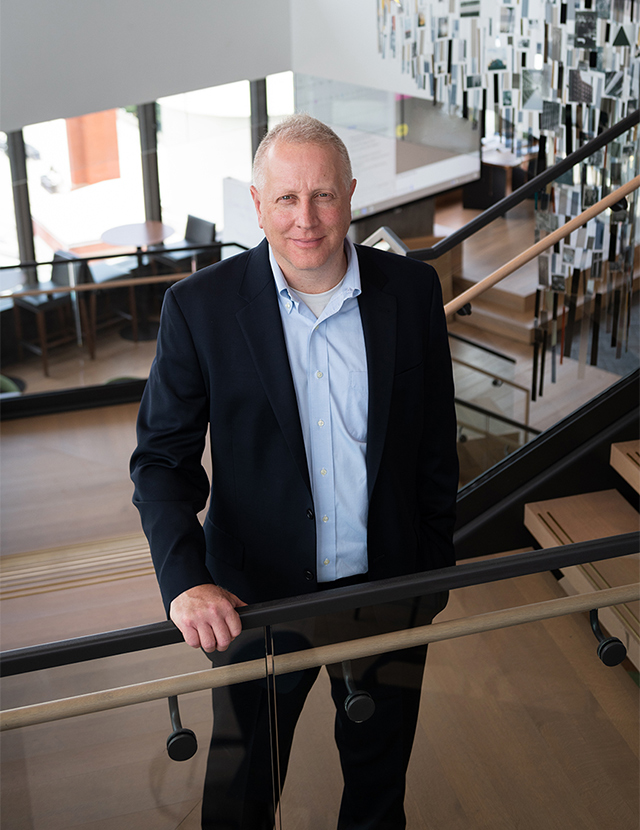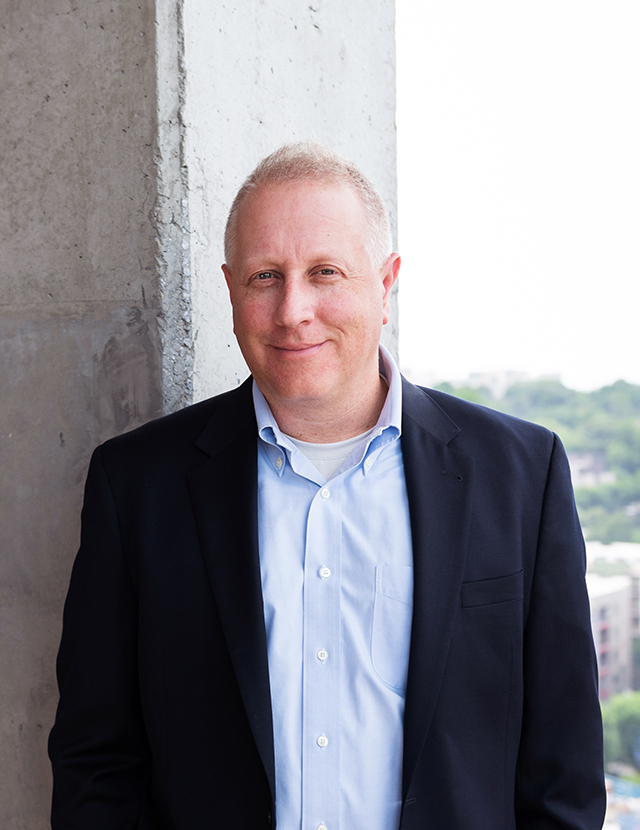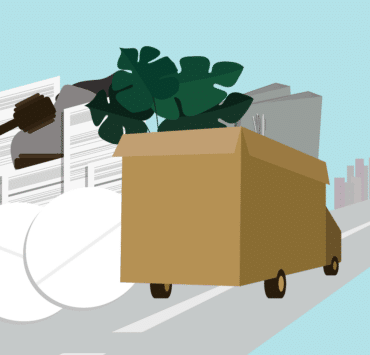|
Getting your Trinity Audio player ready...
|
More than twenty-six years ago as an economics major at Northwestern University, almost on a whim, Seth Goldstrom attended an on-campus presentation by the global management consulting firm McKinsey & Company. Today, he’s helping their clients break down barriers to growth and sustain prolonged performance improvements.
McKinsey & Company calls this work “transformation”—and while the word has various meanings, Goldstrom defines it as a holistic effort designed to help a company or organization reach its full potential. He likens it to being a coach in sports. “Like any coach, seeing someone achieve something they didn’t think possible is the most rewarding aspect of what we do,” he says.
Goldstrom spoke with Profile about the philosophy, the work, and perhaps most importantly, the results.
“We’re helping leaders sustain deep change across the board to alter their entire trajectory, and it usually happens even faster than they think possible.”
Seth Goldstrom
You’ve been working in transformation for many years. Why is this concept so important today?
Companies are facing so much right now, and the response is often to pick a couple key goals to focus on, but that’s not what we’re talking about. Transformation is different, and it’s something more. We’re helping leaders sustain deep change across the board to alter their entire trajectory, and it usually happens even faster than they think possible. It’s important because it’s a way to meet the challenges of these uncertain times.
You mentioned fast results. What’s really possible?
A lot. Ten years ago, people focused just on financial levers and obsessed about making rapid changes to isolated things to improve the balance sheet. Today, the aperture of impact has widened. We think about culture, customer satisfaction, ESG [environmental, social, and governance], DEI [diversity, equity, and inclusion], and how we can bring about new approaches to other topics that might be harder to directly translate onto a statement. You might not see the clear results in black and white on a balance sheet, but together, they create impact.

And that change can happen fast?
It almost always does. We see clients working together to achieve something they never thought possible one or two years earlier, and these programs tend to exceed expectations.
How does that happen?
We have a road-mapping methodology that we complete in an organized and prioritized sequence of sprint phases. We start by asking what the real potential is, and we want to be realistic. People don’t want to overcommit and underdeliver, and it’s human nature to negotiate something down to a comfortable level that is easy to reach. But we set realistic goals, and what we find is that since our program touches so many areas that all work together in these sprints, people are seeing improvements that are between 2.3 and 2.7 times higher than their initial goals. And they get to it faster than they originally expected, too.
“It still has to be their plan. You can give someone a process, but there has to be agreement to the overall plan.”
Seth Goldstrom
How has transformation changed in recent years?
It’s that total and holistic approach. Over the years, the levers have changed—now digital and AI [artificial intelligence] are prominent. Today, we also think a lot more about capability building and how do you make the change more sustainable over the long run. Conventional wisdom has generally been that there are maybe three or five things to fix and improve in any organization. Now we want to impact thousands of little things. We have systems, processes, and tools to get thousands of things done. That’s what leads to total transformation as we help a company harness everyone so each person in the entire company has a few improvements to focus on. It all adds up.
That’s what’s changed. What about what hasn’t changed?
It still has to be their plan. You can give someone a process, but there has to be agreement to the overall plan.
How did you get started in this work?

After Northwestern, I went to law school. I was here at the company and spent some time in a manufacturing plant, and the plant was facing a lot of competitive headwinds with a core product. The plant was a big employer in and a contributor to the local community. So we spent time there trying to make them 40 percent better. We knew if they did that, the plant would survive. I was there for a long time, and it was so rewarding to work with people and develop long-term relationships. I knew that leading the process well and finding success would impact the whole local community, and it worked. That’s the excitement of turnarounds: you have the chance to make a huge difference. I was hooked.
What happened after that? How did you grow or evolve the practice?
I started getting more into tech, media, telecomms, and other areas, but I really started to focus on the area of total transformation about a decade ago. Instead of focusing on one plant, a total transformation replicates that at dozens of plants and throughout an entire organization.
What about internally?
We’ve been doing a lot over the years to make this a destination employer, and that means for all people.
How are you involved?
DEI is big here because we want to be that destination employer at all levels. One of my charters—in partnership with Black leaders at McKinsey—is to increase Black leadership at the firm and make McKinsey a destination for Black talent. We need to increase Black leadership specifically. I’ve been a sponsor for the McKinsey Black Network, which is a community of colleagues and alumni committed to creating an environment where Black colleagues can advance, connect, and thrive.
What does that look like? Is it a formal program or more through informal relationship-building?
I think both are important. One of the biggest things we’ve done is take a hard look at sponsorship. We’ve put in place formal and informal sponsorship programs to close the sponsorship gap for Black colleagues.
“That’s the excitement of turnarounds: you have the chance to make a huge difference.”
Seth Goldstrom
You’ve been at McKinsey for a long time. What’s the best piece of advice you’ve received there?
It involves the will to act and do what’s right. Be comfortable speaking up. It will make you a better consultant and a better person.
What’s ahead for you and the practice group?
I expect an overall emphasis on sustainability, and I think we’ll focus more on local solutions to help clients absorb some of the ongoing supply chain problems and other challenges related to COVID, but the bottom line is impact. I ran into someone recently who was connected to that factory I told you about. Twenty years later, the factory that was once facing a shutdown is still operational. That keeps me going. It’s good to know that this work makes a difference over the long run.

